目录
- 基本语法
- 使用示例
- 简单求和
- 带初始值的累加
- 字符串连接
- 复杂对象处理
- 带结果转换的聚合
- 注意事项
- 空序列处理编程
- 异常处理
LINQ的Aggregate方法是一个强大的聚合操作符,用于对序列执行累积操作。
基本语法
public static TResult Aggregate<TSource, TAccumulate, TResult>(
this IEnumerable<TSource> source,
TAccumulate seed,
Func<TAccumulate, TSource, TAccumulate> func,
Func<TAccumulate, TResult> resultSelector
)
使用示例
简单求和
int[] numbers = { 1, 2, 3, 4, 5 };
int sum = numbers.Aggregate((a, b) => a + b);
// 结果: 15
带初始值的累加
int[] numbers = { 1, 2, 3, 4, 5 };
int sum = numbers.Aggregate(10, (a, b) => a + b);
// 结果: 25 (10 + 1 + 2 + 3 + 4 + 5)
字符串连接
string[] words = { "Hello", "World", "!" };
string result = words.Aggregate((a, b) => a + " " + b);
// 结果: "Hello World !"
复杂对象处理
var products = new List<Product>
{
new Product { Name = "A", Price = 10 },
new Product { Name = "B", Price = 20 },
new Product { Name = "C", Price = 30 }
};
decimal totalPrice = products.Aggregate(0m,
(sum, product) => sum + product.Price);
// 结果: 60
带结果转换的聚合
string[] words = { "apple", "banana", "cherry" };
string resandroidult = words.Aggregate(
seed: 0, // 初始值
func: (length, word) => length + word.Length, // 累加每个单词的长度
resultSelector: tPlUkZKHWotal => $"总字符数: {totjavascriptal}" // 转换最终结果
);
// 结果: "总字符数: 17"
注意事项
性能考虑
- 对于大数据集,考虑使用并行处理
- 避免在循环中使用Aggregate
空序列处理
// 处理空序列
var emptyList = new List<int>();
int result = emptyList.DefaultIfEmpty(0)
.Aggregate((a, b) => a + b);
异常处理
try
{
var result = collection.Aggregate((a, bhttp://www.devze.com) => a + b);
}
catch (InvalidOperationException)
{
// 处理空序列异常
}
Aggregate方法是LINQ中非常灵活的一个方法,可以用于各种复杂的聚合操作,但使用时需要注意性能和异常处理
到此这篇关于C# LINQ Aggregate的用法小结的文章就介绍到这了,更多相关C# LINQ Aggregate内容请搜索编程客栈(www.devze.com)以前的文章或继续浏览下面的相关文章希望大家以后多多支持编程客栈(www.devze.com)!
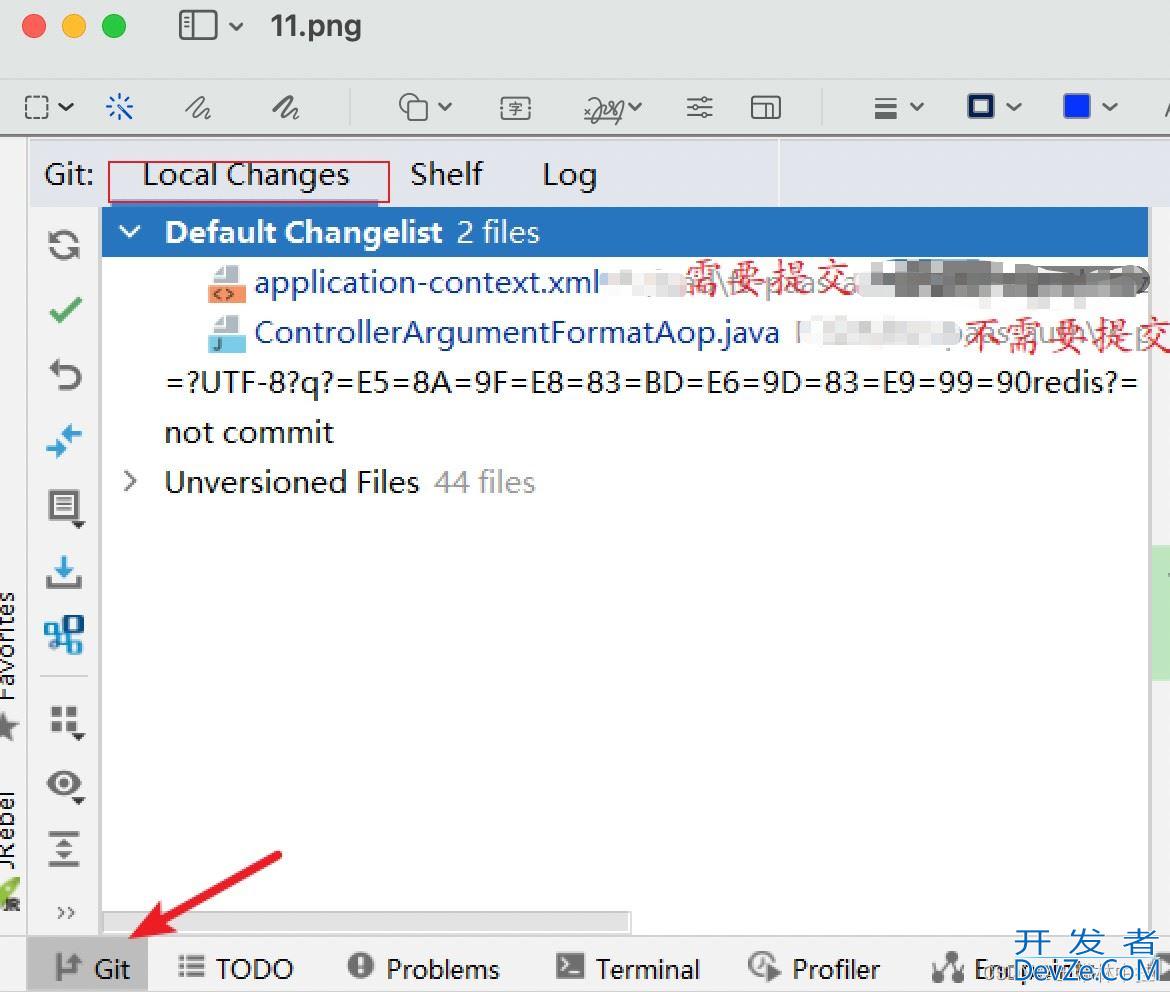

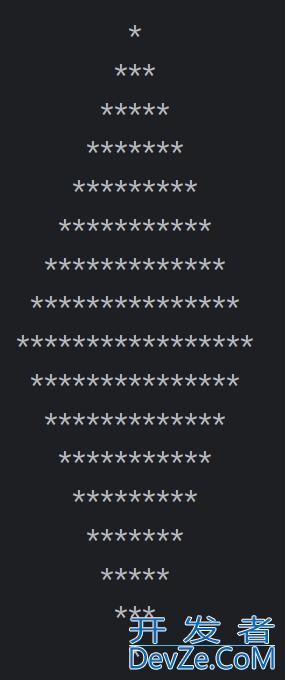

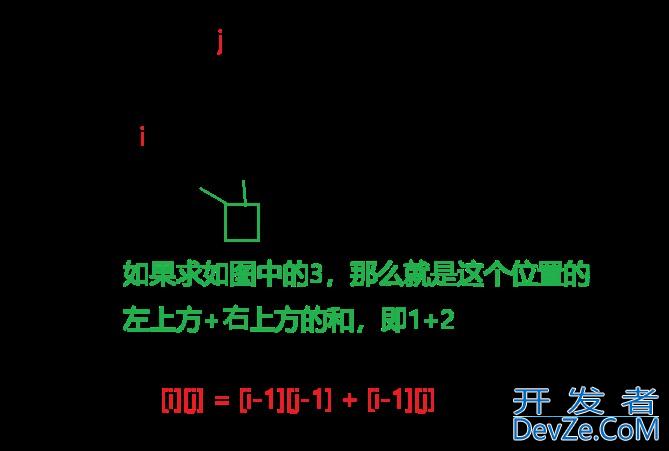
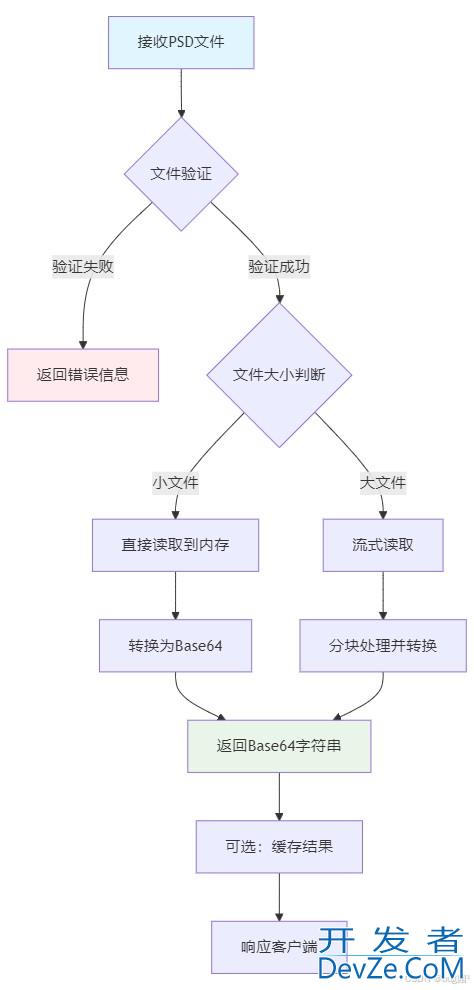
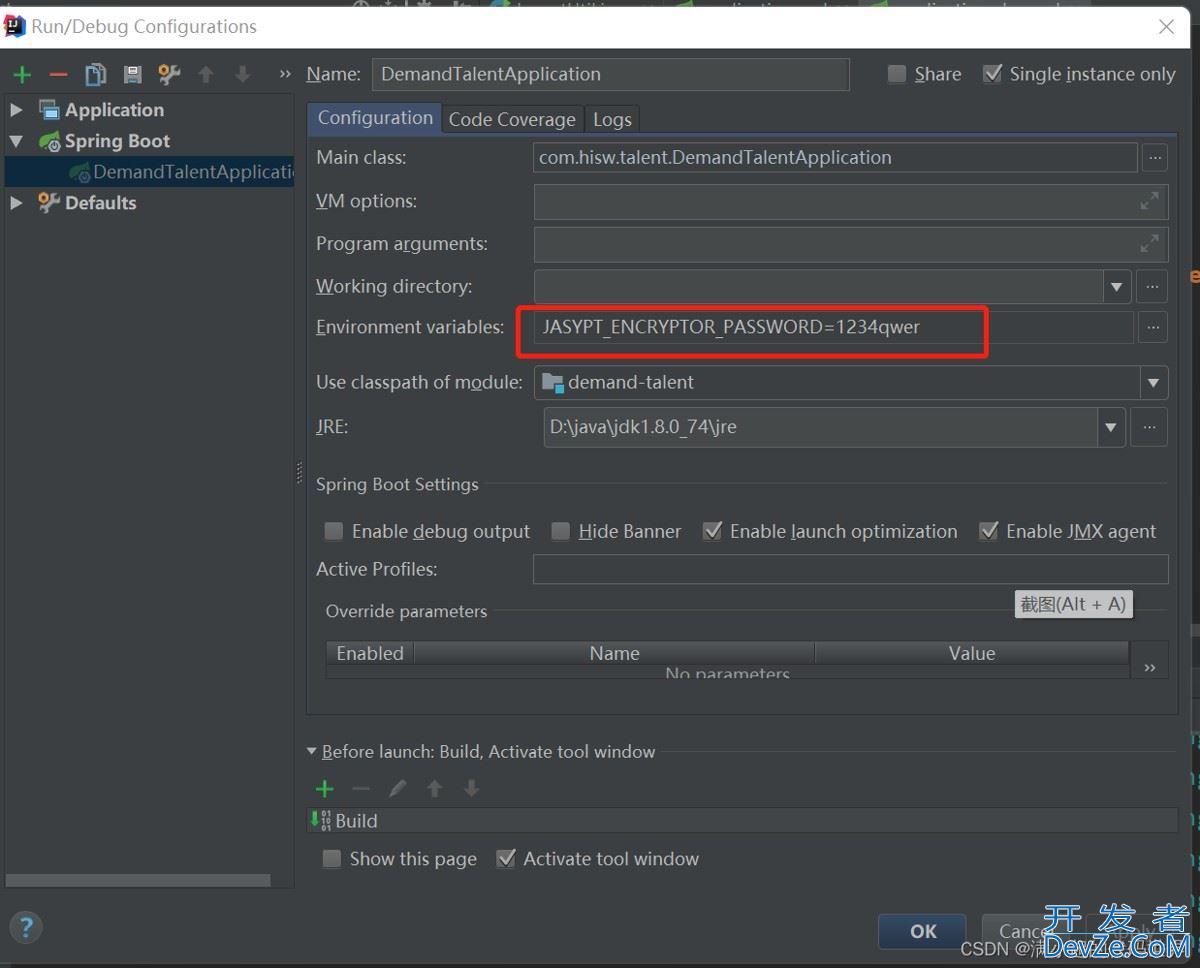

 加载中,请稍侯......
加载中,请稍侯......
精彩评论